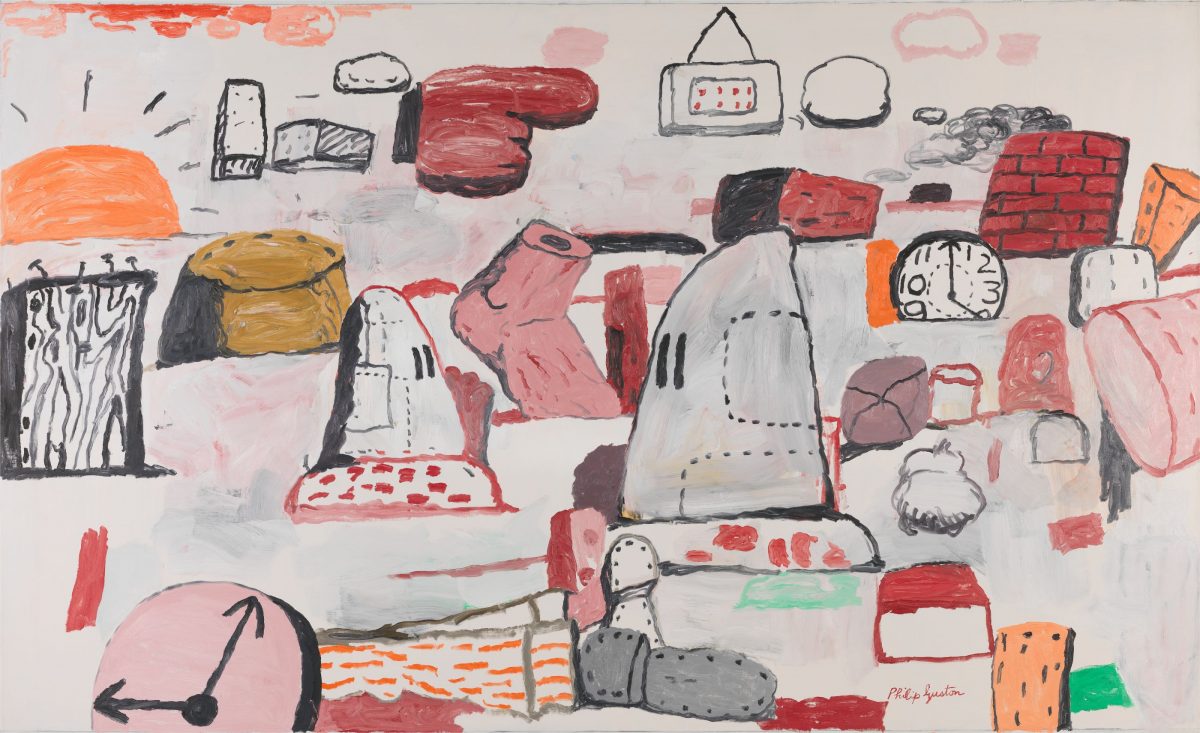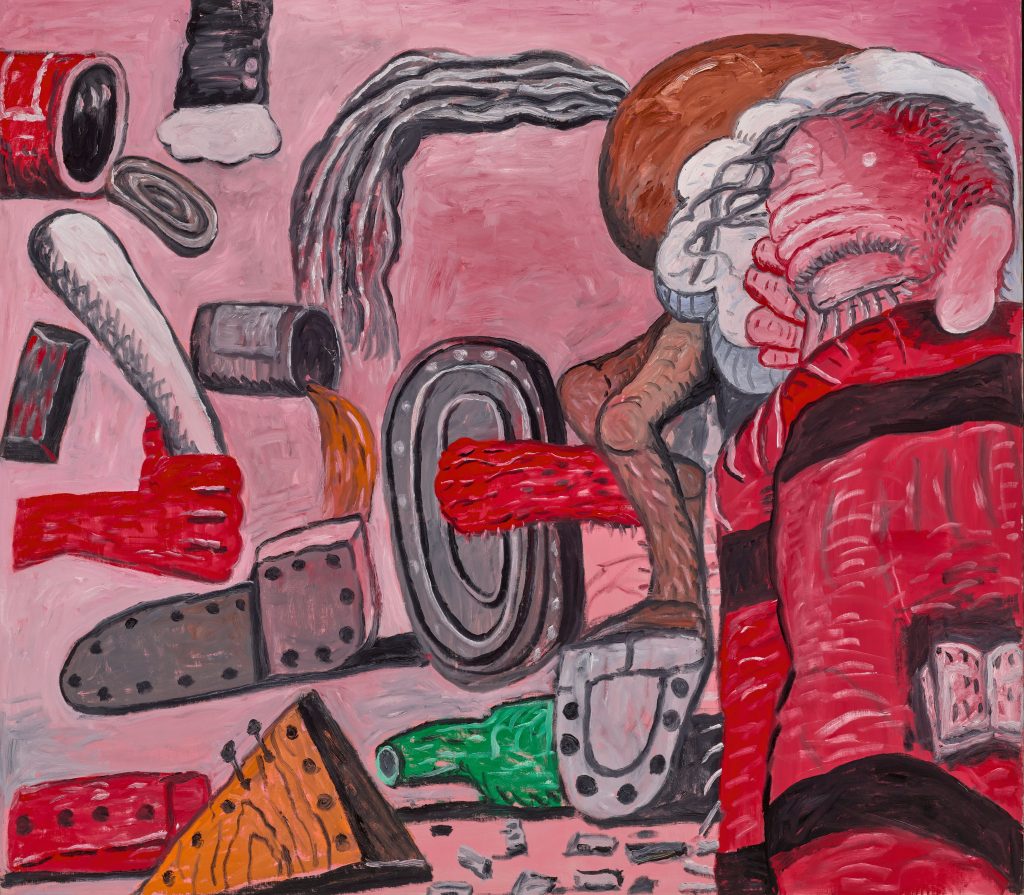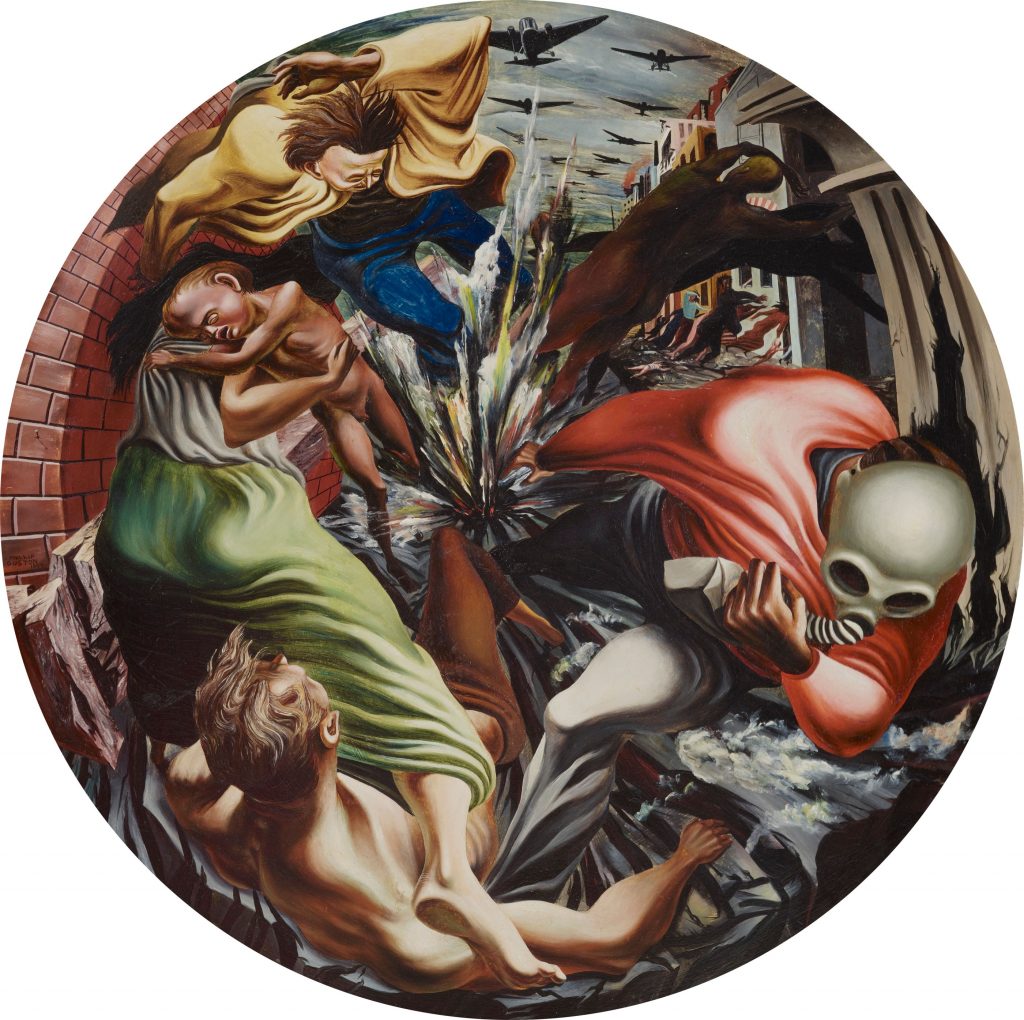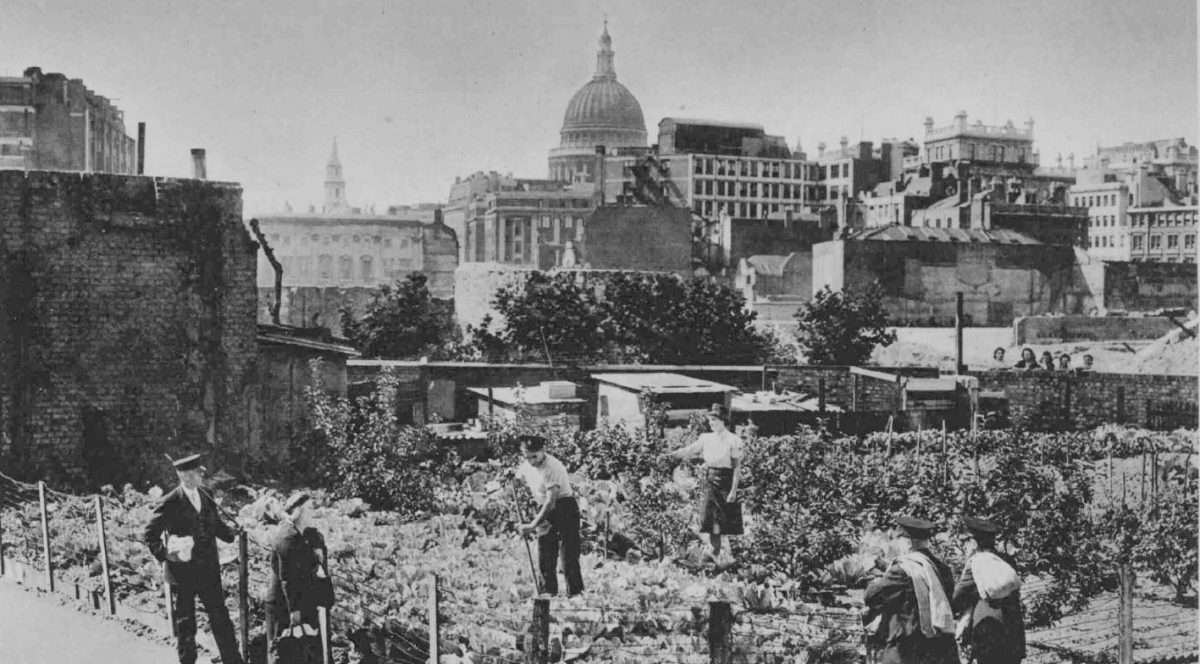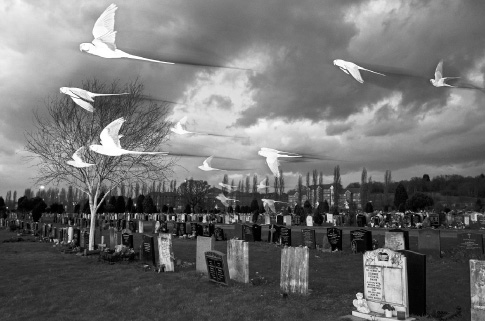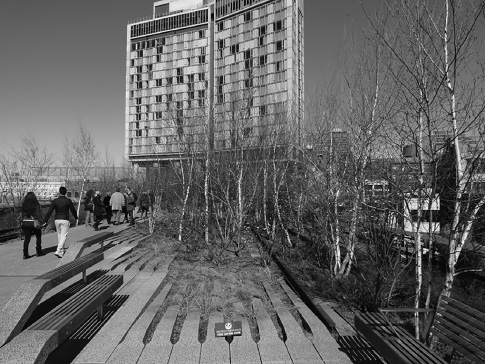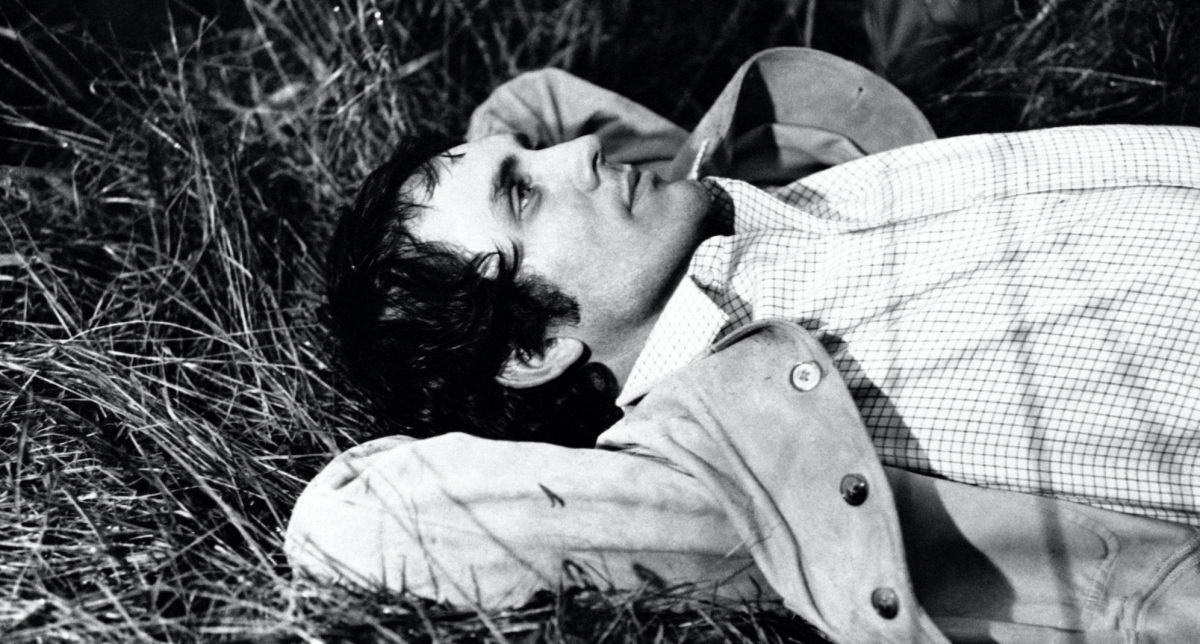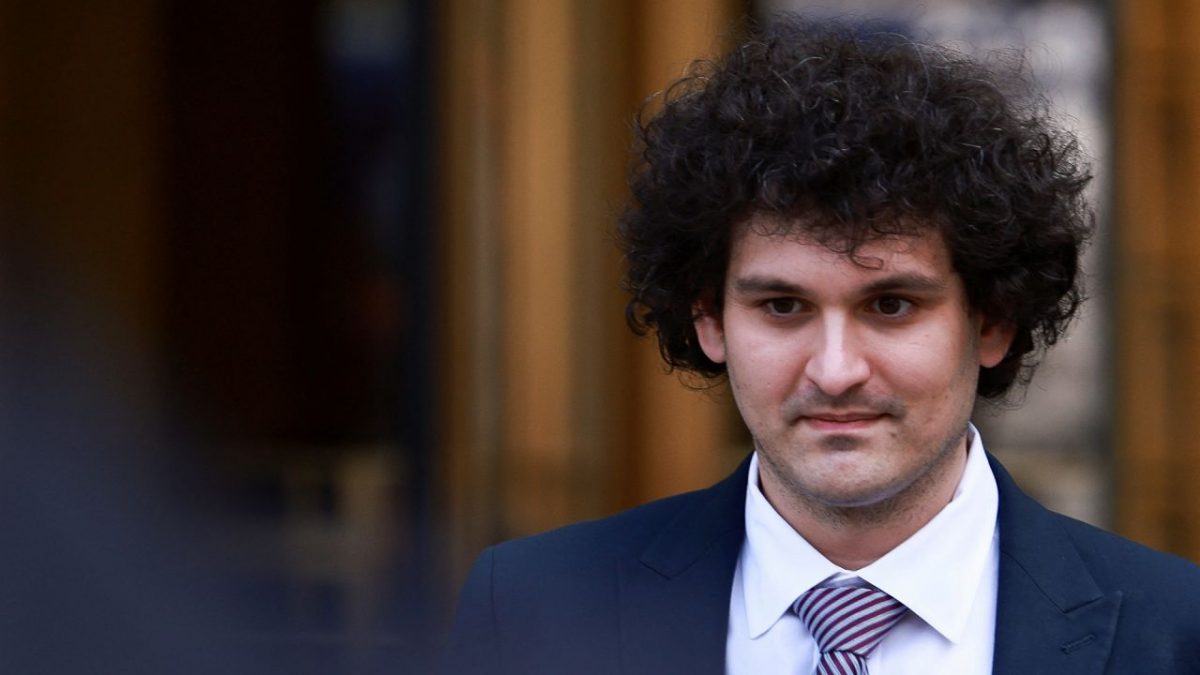When M.S. Swaminathan died on 28 September at the age of 98, the international press promptly rallied to eulogize him as the Indian architect of the Green Revolution. In the late 1960s, Swaminathan had played a key role in making Indian agriculture self-sufficient by introducing a new package of capital-intensive inputs: High Yielding Variety (HYV) seeds, farm machinery, irrigation systems, pesticides and fertilizers. The Economist lauded him as ‘the man who fed India’; The New York Times credited him as ‘the scientist who helped conquer famine’; and The Times of India, the most popular English-language daily in the country, dedicated an entire page to hagiographic vignettes: ‘He walked . . . the earth turned green.’
History, however, knows otherwise. In the two weeks before Swaminathan’s death, three smallholding farmers in the northern state of Punjab committed suicide. All three were severely indebted. All three had ingested pesticide. In recent years, thousands in Punjab, the national wellspring of the Green Revolution, have killed themselves in a similar fashion. The exact numbers are unknown – though the farmers’ union Bhartiya Kisan Union (Rajewal) estimates around 90,000 suicides between 1990 and 2006. But although the statistics are patchy, the consensus about the principal driver of the deaths is not: endemic indebtedness, increasingly compounded by the ecological breakdown of the Punjabi countryside. The seeds of this tragedy were sown under Swaminathan’s supervision during the high noon of the Cold War.
Swaminathan came of age during the Bengal famine of 1943, when British colonial plunder ended up killing between two and three million people. Inspired by the dream of a famine-free country, he gave up a planned career in medicine to pursue agricultural research. After years of studying plant breeding and genetics in the Netherlands, England and the US, Swaminathan’s breakthrough came in 1962, when he invited the American agronomist Norman Borlaug to India. For nearly two decades, Borlaug, whom Swaminathan had met in the early 1950s during a stint at the University of Wisconsin, had been running wheat breeding programmes in Mexico. Sponsored by the Rockefeller Foundation, his experiments had produced a hybrid semi-dwarf variety, whose short, thick stalks were suited to supporting the rapid gains induced by chemical fertilizers.
Borlaug arrived in India in March 1963, leaving a trail of his ‘miracle seeds’ across the hunger-ravaged territories of Latin America, Egypt, Libya and Pakistan. While food riots erupted in India, Swaminathan and Borlaug toured the northern wheat belt running through the states of Punjab, Uttar Pradesh and Bihar. Borlaug’s prognosis was optimistic. Having already supplied 2,500 pounds of seeds during this trip, he dispatched yet more quantities from Mexico in the fall, but with the caveat that the seeds themselves were only a ‘catalyst’. Optimizing their yields would require the introduction of ‘a total package of modern technology’. This, Borlaug knew, was easier said than done. Between the package and its implementation, there stood the ‘untouchable and holy shrines’ of the Nehruvian state, especially the Planning Commission.
During the next harvest, Swaminathan, working at the Indian Agricultural Research Institute, organized spectacular demonstrations of the higher yielding crops in model farms in 150 villages. The new gains in productivity had a thrilling effect on Indian farmers, as they had in Mexico. Thousands queued up to see the results on Swaminathan’s test farms. But the seeds were still not available for commercial sale. Under Nehru’s supervision, the agriculture ministry was mired in a long-running political impasse. Soon after independence, the Planning Commission had dispatched successive delegations to study the emerging cooperative farms in China. Inspired by Mao’s early success, Nehru, who had recently imprisoned and massacred an entire generation of communists, began envisaging a top-down push for cooperative agriculture. His ministers, however, refused to implement even modest land reforms, prioritizing, instead, the interests of the landed gentry. As a result of this deadlock, the Congress government became increasingly dependent on the US-run PL-480 programme to meet India’s growing food-grain deficits. By 1964, the country’s wheat imports had swelled to a record 6.4 billion tonnes. In May, Nehru’s untimely death finally broke the deadlock. His successor, Lal Bahadur Shastri, quietly transferred policymaking powers from the Planning Commission to the individual ministries. Then, reversing the priorities of his predecessor – Nehru’s plans had focused on industry over agriculture – Shastri reassigned the steel minister, C.D. Subramaniam, to the ministry of food and agriculture. Already notorious for his opposition to land reforms and price controls, Subramaniam turned to Swaminathan for help.
As the scientist sped up his trial runs, the politician drafted an ambitious overhaul of Indian agriculture. Subramaniam’s proposal to industrialise agriculture and stem population growth – a policy bundle of seeds and fertilizers, credit and contraceptives – was quickly dismissed in parliament. But an unexpected outbreak of consecutive droughts in 1966 gave Subramaniam’s plans another lease of life. As the Indian peasantry reeled from yet another round of crop failures, the newly sworn-in US president, Lyndon Johnson, decided to cash in. Threatening to halt the food-aid shipments, he made the renewal of India’s PL-480 contract contingent on the country’s commitment to future liberalisation. Shastri’s internal reforms had already primed the state machinery for a full embrace of market forces. In 1966, his successor, Nehru’s daughter Indira Gandhi, promptly devalued the rupee by 37 per cent, opened 42 industries, including fertilizers, to foreign investment, and implemented a new package of capital-intensive agriculture. So impressed were the Americans with these new agrarian measures that they soon recommended them to the World Bank as a template for ‘the national economy of every developing country’. In the words of Harriet Friedmann and Philip McMichael, US hegemony was essentially a ‘food regime’; the relations of food production and consumption were fundamental to the take-off of a US-led system of capitalist accumulation in the Third World.
Within months of Mrs Gandhi’s approval, dozens of agricultural scientists descended from the state universities of Ohio, North Carolina and Michigan to train students and researchers in Punjab. New agricultural fairs were instituted to disseminate fertilizers, tractors, tube wells and the high-yielding seeds across the region. In order to popularize these new inputs, the Congress government offered Punjabi farmers subsidized rates, cheap loans and, most importantly, the guarantee of a Minimum Support Price (MSP) in state-controlled markets. Within a decade, the Green Revolution transformed Punjab into the granary of India, and its richest province, and turned India itself from import-dependency to self-sufficiency in rice and wheat. Despite occupying less than two per cent of the country’s geographical area, by the mid-70s Punjab produced 75 per cent of its wheat and 45 per cent of its paddy. While touring the region in 1975, S.H. Whitewater, the director of agriculture at Michigan State University, concluded: ‘the greatest progress of all time in agricultural development has not been in the USA; it has been in Punjab.’ For his services, Swaminathan earned a clutch of international honours, including the fourth- and third-highest civilian awards in India (the Padma Shri and the Padma Bhushan), as well as memberships of the Royal Society, the US National Academy of Sciences, and the USSR’s V.I. Lenin All-Union Academy of Agricultural Sciences.
But the accumulation of wealth at one pole in Punjab was accompanied by the accumulation of misery at the other. The new wave of mechanization expelled tenants and sharecroppers in large numbers. By 1980, the number of landless labourers, predominantly Dalits, had risen to nearly 40 per cent of the total agricultural workforce. Meanwhile, in order to stay competitive, small farmers were forced to take on huge debts to purchase new inputs. Between 1971 and 1981, smallholdings (1–2 acres) declined by 23.3 per cent, while marginal holdings (less than an acre) shrank still more drastically, by 61.9 per cent. By 1975, 75 per cent of all agricultural land and moveable assets in rural Punjab were owned by the richest 10 per cent of farmers, the majority of them Jat Sikhs – though the ratcheting crisis did not spare these dominant classes either. By 1980, as the federal relations between Punjab’s ruling regional party, Shiromani Akali Dal, and Mrs Gandhi’s centralized regime grew volatile, the Minimum Support Price also began to fluctuate. In 1973–74, the Punjabi farmers had sold their wheat at Rupees 589 per hectare; by 1980, the price had plummeted by over 90 per cent, to Rupees 54. When Punjabi farmers refused to bring their wheat to market, Gandhi chose to import it from the US at a considerably higher price. Nearly 40 per cent of Punjab’s rural population had been pushed below the poverty line. Swaminathan’s star, meanwhile, continued to rise. In an ironic turn of events, he was made the deputy chairman of the Planning Commission.
As in other Third World countries, in India the Green Revolution served to contain the growing demand for socialist land reforms. Now that it was possible to increase agrarian productivity without altering property relations, Nehru’s technocratic blueprints for cooperative farming were finally redundant. Meanwhile, still fixated on the demand for land reforms, the communists in Punjab failed to grasp the rapidly changing contours of the agrarian question. When the land ceiling act – barring family units from owning more than 17.5 acres of fertile land – was implemented in Punjab in 1972, the dismantling of landlordism, where successful, only released the smallholders to the new order of market dependency. The communists found themselves in an even bigger quandary when the Soviet Union began exporting its own tractors and technological aid in order to counter US hegemony. As late as 1978, the otherwise pro-Soviet cadres of the CPI and the CPI (M) were regularly seen protesting the government’s use of Soviet machinery for displacing hundreds of thousands of sharecroppers and marginal farmers, predominantly Dalits, along the banks of the Sutlej river. In parliament, the Congress party managed to enshrine the Green Revolution as a nationalist success story. But in the Punjabi countryside, the decolonial illusions of India’s food sovereignty were self-evident: Indian fields were planted with American seeds, multiplied on Soviet-sponsored seed farms, using Soviet tractors.
If this historical sequence began with Swaminathan’s inviting Borlaug to India, then it ended exactly two decades later, in 1982, when Swaminathan quit his duties as Chairman of the Scientific Advisory Committee to the Cabinet and moved to the Philippines, where he became Director General of the International Rice Research Institute (IRRI), run by the Rockefeller Foundation. His departure soon became the subject of international controversy. Because the new high-yield variety monocultures were found to be susceptible to major tropical pests, they needed to be periodically re-bred with genetically superior indigenous cultivars. In a sensational cover story, ‘The Great Gene Robbery’, published by The Illustrated Weekly of India in March 1986, the Goan environmentalist Claude Alvares alleged that Swaminathan had ‘defected’ to the Philippines having played a key role in transferring a vast germplasm bank of indigenous Indian rice, containing some 19,000 varieties, to the US. The Indian Society of Genetics and Plant Breeding promptly dismissed the report as a malicious conspiracy. Defending Swaminathan, a collective of 121 rice scientists asserted that it was common practice to transfer national germplasm collections to preserve them from natural calamities. In 1987, as the Filipino peasantry continued their mass protests against the IRRI’s ‘seeds of imperialism’, Swaminathan was awarded the inaugural World Food Prize. Three years later, he was back in India, reuniting with Borlaug and Subramaniam at a public event to commemorate their heroic victory over global hunger.
In Punjab, the Green Revolution was rapidly turning brown. By 1991, 96 per cent of the state’s cultivable land had been turned into farmland; 95 per cent of its total cropped area had been irrigated; and cropping intensity had reached a staggering high of 176 per cent. As a result, cereal outputs and profits were finally beginning to plateau, while rates of indebtedness spiralled. Meanwhile, the use of chemical fertilizers and pesticides had degraded the soil quality; contaminated and depleted the groundwater; exterminated the numerous leafy greens commonly found in the fields; and triggered new epidemics of water-borne and genetic diseases, including cancer. It was now clear that the gains of the Green Revolution had stemmed as much from the use of capital-intensive inputs as from the plunder of nature. Defenders of Swaminathan often blame the ‘excessive’ use of the new inputs, citing his own forecasts about environmental crises if the inputs were not used in moderation. But they forget that the intensive use of fertilizers and pesticides was itself determined by the structural play of market forces. As Jason W. Moore has expertly shown, the cycle of environmental degradation is co-constituted by the cycle of capitalist accumulation. The dream of a sustainable Green Revolution was always a contradiction in terms.
Despite having long run its course, the Green Revolution continues to shape political discourse in India, now the world’s leading exporter of rice (last year producing 40 per cent of the global output) and touted as an ‘agricultural superpower’. The ongoing celebration of Swaminathan as a national hero – not just by BJP or Congress leaders, but also by communist professors and progressive agronomists – is a case in point. Of course, to blame Swaminathan alone for the harmful consequences of the Green Revolution he helped to initiate would be to overlook the systemic nature of geopolitics and global political economy, as well as his own presumably benign intentions to alleviate hunger and food insecurity. Nevertheless, the encomia to Swaminathan are certainly a symptom of the Green Revolution’s enduring hegemony, as were the successful mass protests in 2020–21 against the BJP’s proposal to dismantle subsidies for farmers and encourage a corporate takeover of Indian agriculture. Rallying against this so-called ‘Second Green Revolution’, a national coalition of farmers’ unions, Samyukta Kisan Morcha (SKM), set up year-long blockades on four key highways around New Delhi. Yet, notwithstanding its militant tactics, the coalition’s demands were limited: mainly, to abolish the three agricultural laws in question and to enshrine the Minimum Support Price as a legal right.
The leftist unions from Punjab, however, sought a broader agenda. They intuited that these demands would only return the peasantry to the old cycle of debt and disease. In a series of memorable speeches, the leaders of BKU (Ugrahan), one of the biggest leftist unions, tried to articulate these demands as the leading edge of a real revolution in the making. But the political initiative quickly foundered on contradictions. Although the unions had raised euphoric slogans affirming the unity of farmers and labourers on the borders of New Delhi, in the fields of Punjab, caste rivalries and class struggles have since resumed normal service. The Dalits constitute nearly 32 per cent of Punjab’s population but own less than 3 per cent of its agricultural land. Despite SKM’s historic victory, their demands for better wages have been consistently met with mass boycotts and physical attacks by the dominant Jat farmers. Although 86 per cent of all peasant households, including poor Jats, are heavily indebted, the prospect of uniting these immiserated sections seems increasingly remote. The effects of global warming, too, are taking their toll: last year, a spring heatwave drastically shrank the wheat yields and triggered a massive shortage of straw fodder; this year, the monsoon floods completely ruined the paddy crops across Punjab. Meanwhile, piecemeal changes in the Minimum Support Price policy have only served to deepen the ecological crisis. Earlier this year, the Punjab state government started offering the MSP to dry moong legumes. Already struggling to break even, the farmers responded by trying to squeeze a third crop between the wheat harvest in April and the start of the paddy season in July. In order to speed up the harvest, farmers and labourers have resorted to the heavy use of Paraquat, a toxic herbicide widely banned in other parts of the world. When they still can’t make a living, the desperate ingest it.
Read on: Harriet Friedmann, ‘Farming Futures’, NLR 138.

